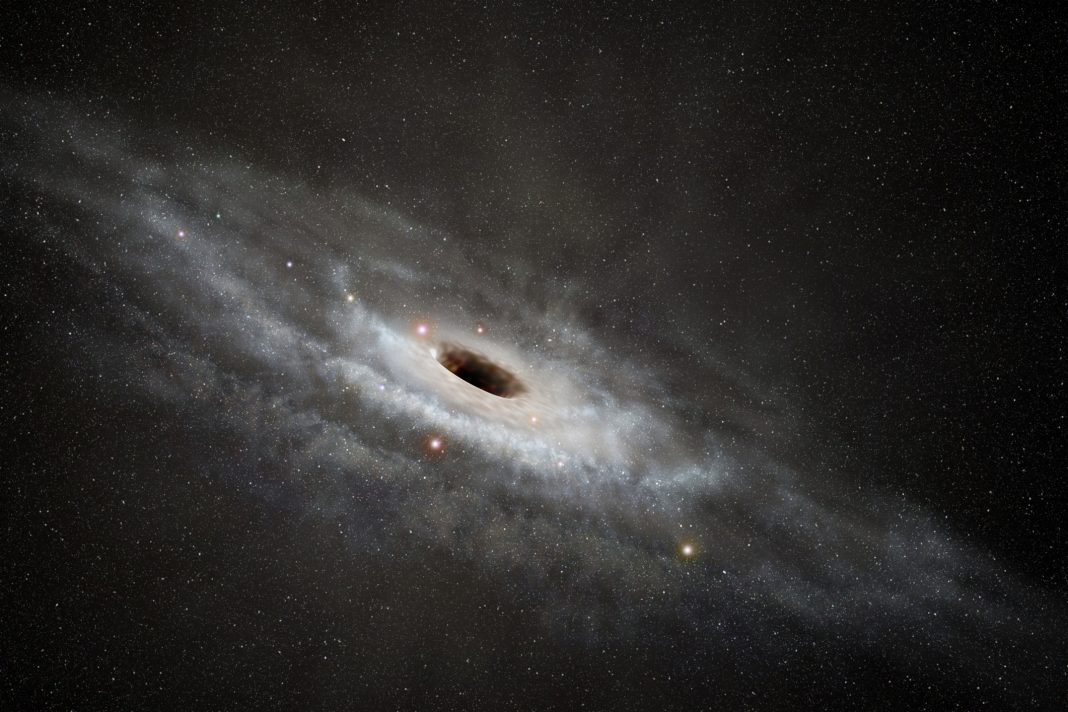A simulation developed in a video depicts how a black hole collision would send gravitational waves through the cosmos
A new simulation developed by John Hopkins University demonstrates a black hole collision, hitting each other at nearly the speed of light.
Thomas Helfer, a postdoctoral fellow at Johns Hopkins University who produced the simulations, said: “It’s a bit of a crazy thing to blast two black holes head-on very close to the speed of light.
“The gravitational waves associated with the collision might look anticlimactic, but this is one of the most violent events you can imagine in the universe.”
What does the aftermath of the cataclysmic clash look like?
Black hole collisions are one of the few events in the universe energetic enough to produce detectable gravitational waves, which carry energy produced by massive cosmic collisions.
Essentially, a remnant black hole would form and send gravitational waves through the cosmos. Like ripples in a pond, these waves flow through the universe, distorting space and time.
However, unlike waves travelling through water, these gravitational waves are very small, and propagate through “spacetime”, – which is a concept that combines the three dimensions of space with the idea of time.
These waves flow through the universe distorting space and time
The waves emitted after black holes merge can be analysed by simplifying general relativity, which is Einstein’s theory of how gravity works. The researchers used equations that ignored parts of the gravitational effects of the merger.
Can black hole collisions be studied with linearized equations?
However, challenges arise with the concept, as Berti believes the research approach is biased as it relies on “linear approximations” – which is the assumption that the gravitational waves produced during the merger are weak.
Co-author Emanuele Berti, a Johns Hopkins physicist, stated: “If a gravitational wave goes through me, it makes me a little thinner and a little taller, and then a little shorter and a little fatter. But the amount by which it does that is about 100,000 times smaller than the size of an atomic nucleus.”
While it is nearly impossible for black holes to collide at such extreme speeds, simulating this crash produced signals strong enough for the team to detect nonlinearities, which are gravitational effects that can’t be found in the simplified version of the theory.
They noted these nonlinearities when evaluating simulations of two black holes merging after orbiting each other, a scenario that more realistically represents what happens in the universe.
“Einstein’s theory is a beast; the equations are really complicated”
The findings suggest a black hole collision can’t be studied with linearized equations and that current models of these events need to be altered.
Mark Ho-Yeuk Cheung, a Johns Hopkins doctoral physics student who led the research, finalised: “General relativity is nonlinear, which means that the gravitational waves themselves will also produce more gravitational waves.
“It’s kind of a big deal because we cannot forget about the complications if we really want to understand black holes. Einstein’s theory is a beast; the equations are really complicated.”











